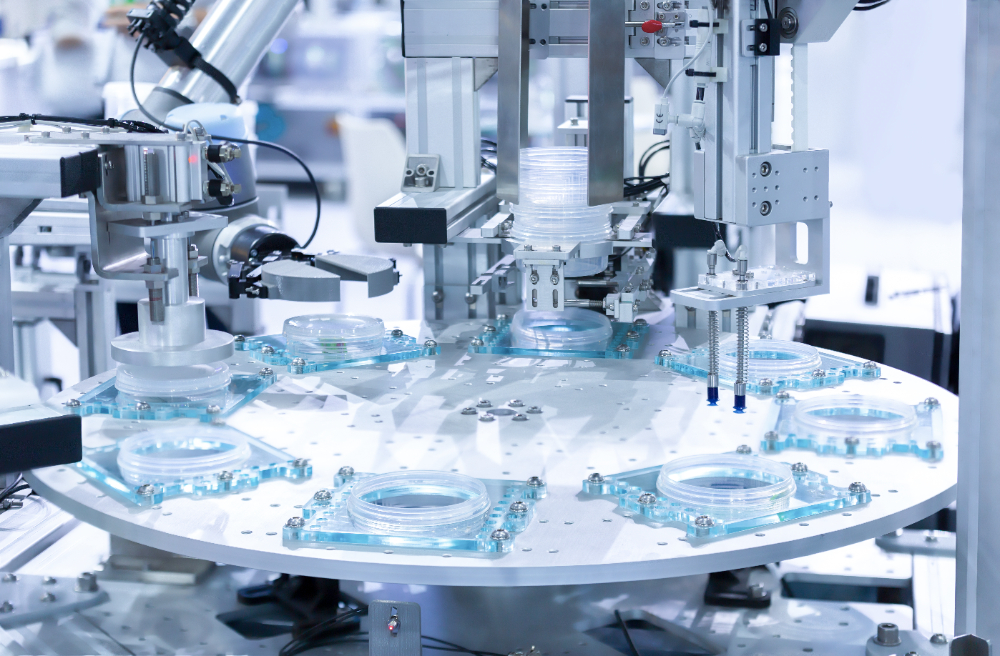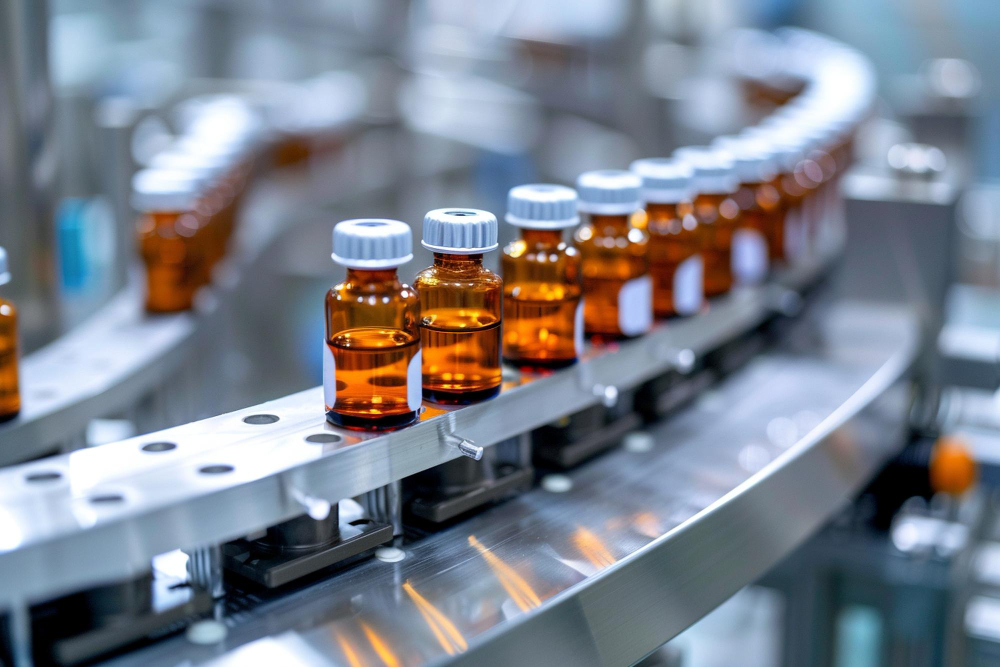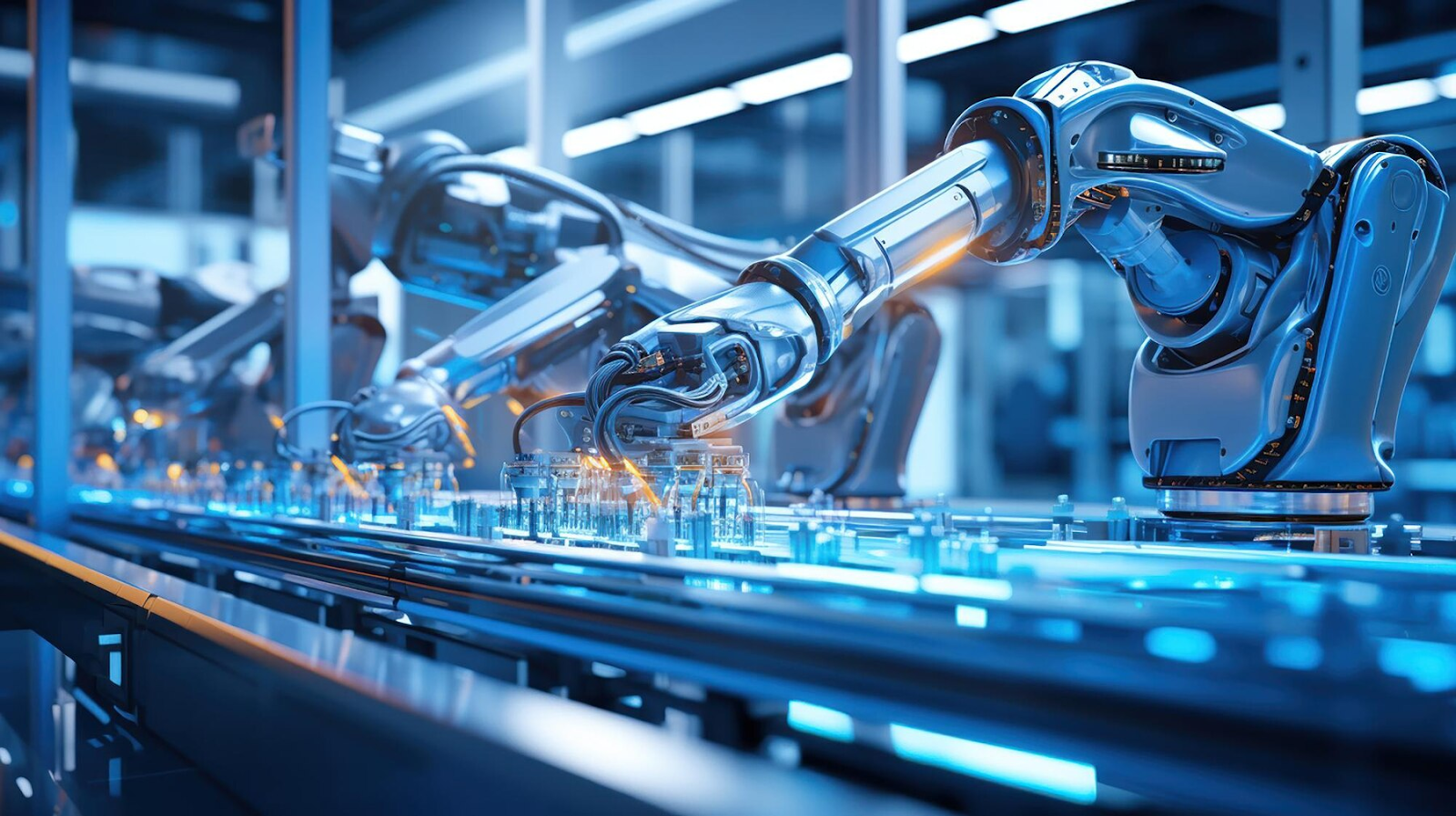Mixing is a vital process in industries like pharmaceuticals, food, and chemicals. Different applications require specific mixing methods to achieve optimal results.
High-shear and low-shear mixers are the two primary types used across various sectors, and each has unique characteristics and best-use cases.
So, what is the difference between high shear and low shear mixer? Let’s dive into their distinctions and applications.
What is a high-shear mixer? A high-shear mixer operates by subjecting the ingredients to high mechanical forces, usually through a rapidly rotating rotor-stator. This equipment is designed to reduce particle sizes, emulsify, or disperse solid and liquid components into uniform mixtures.
How does a high-shear mixer work? A high-shear mixer works when, the rotor spins at high speed inside a stationary stator with holes or slots. As the material passes through, it is exposed to intense forces that break it down. These forces include:
This combination of forces creates a smooth, consistent blend, making high-shear mixers ideal for emulsions, suspensions, and fine dispersions.
There are several types of high-shear mixers, depending on the application:
These are integrated into a production line and used for continuous processing.
Designed for batch processing, these mixers allow more control over the mixing duration and are ideal for smaller volumes.
Common in pharmaceutical and cosmetic industries, these are used for homogenization and particle size reduction.
High-shear mixers are widely used in industries requiring uniform particle sizes and fine emulsions, such as:
On the other hand, a low-shear mixer gently combines ingredients without significantly changing their structure. These mixers are used when maintaining the integrity of the particles or materials is important, such as with sensitive ingredients.
How does a low-shear mixer work? Low-shear mixers operate at a slower speed and use larger paddles or agitators to gently mix the ingredients. Instead of using impact or centrifugal forces, they rely on the gradual movement of materials within the mixing chamber.
Common types of low-shear mixers include:
These have a horizontal U-shaped trough with a rotating ribbon-like blade that stirs the material.
These use flat paddles to push the material around, ideal for thick or viscous substances.
These are used for mixing fragile or heat-sensitive materials without causing degradation.
Low-shear mixers are often used when the goal is to blend without breaking down materials, such as:
Now that we understand the fundamentals of both types, let’s explore the primary differences between high-shear and low-shear mixers.
| Feature | High-Shear Mixer | Low-Shear Mixer |
| Mixing Speed | Fast (high rotor speed) | Slow (gentle movement) |
| Shear Force | High | Low |
| Primary Function | Particle size reduction, emulsification | Gentle blending, maintaining ingredient integrity |
| Ideal for | Liquids, emulsions, suspensions | Powders, dry mixing, fragile materials |
| Applications | Pharmaceuticals, cosmetics, food products | Pharmaceuticals, dry food, chemical mixing |
| Heat Generation | High, due to friction | Low, suitable for heat-sensitive materials |
| Equipment Size | Generally larger for industrial applications | Varies, can be smaller for batch processing |
If your process requires breaking down particles or creating emulsions, a high-shear mixer is your best bet. These mixers are ideal when you need:
On the other hand, a low-shear mixer is suitable for more delicate processes. Use it when:
A key specification of a high-shear mixer is the tip speed, which refers to the velocity at which the rotor’s blades move. This speed is typically high, ranging from 10 to 50 meters per second, depending on the application.
Explore our selection of high-shear mixers and discover how they can optimize your production line. Learn more by visiting our website or getting in touch with us!
No, high-shear mixers are ideal for emulsions, dispersions, and particle size reduction but are not suitable for fragile or heat-sensitive ingredients.
Low-shear mixers are commonly used in pharmaceuticals, food processing, and chemicals where gentle blending is needed to maintain ingredient integrity.
It depends on your material and desired outcome. If you need to break down particles or create emulsions, go for a high-shear mixer. For gentle blending, a low-shear mixer is a better choice.




Manufacturing pharmaceutical products should always be taken seriously. That is, every process must follow the strictest and highest standards. This is the very reason why manufacturers prefer hiring an EPC contractor. Contractors working under EPC contracts will ensure the outcomes are of the best quality no matter what happens, focusing on the construction of the […]

Explore the importance of EPC contracts in pharmaceutical manufacturing. Learn how EPC works, its benefits, and why choosing an EPC contractor can guarantee project success with Canaan’s industry-leading equipment.

Discover how SCADA and PLC improve automation in the pharmaceutical industry. Learn their roles, benefits, and how Canaan’s advanced technology enhances efficiency and safety.